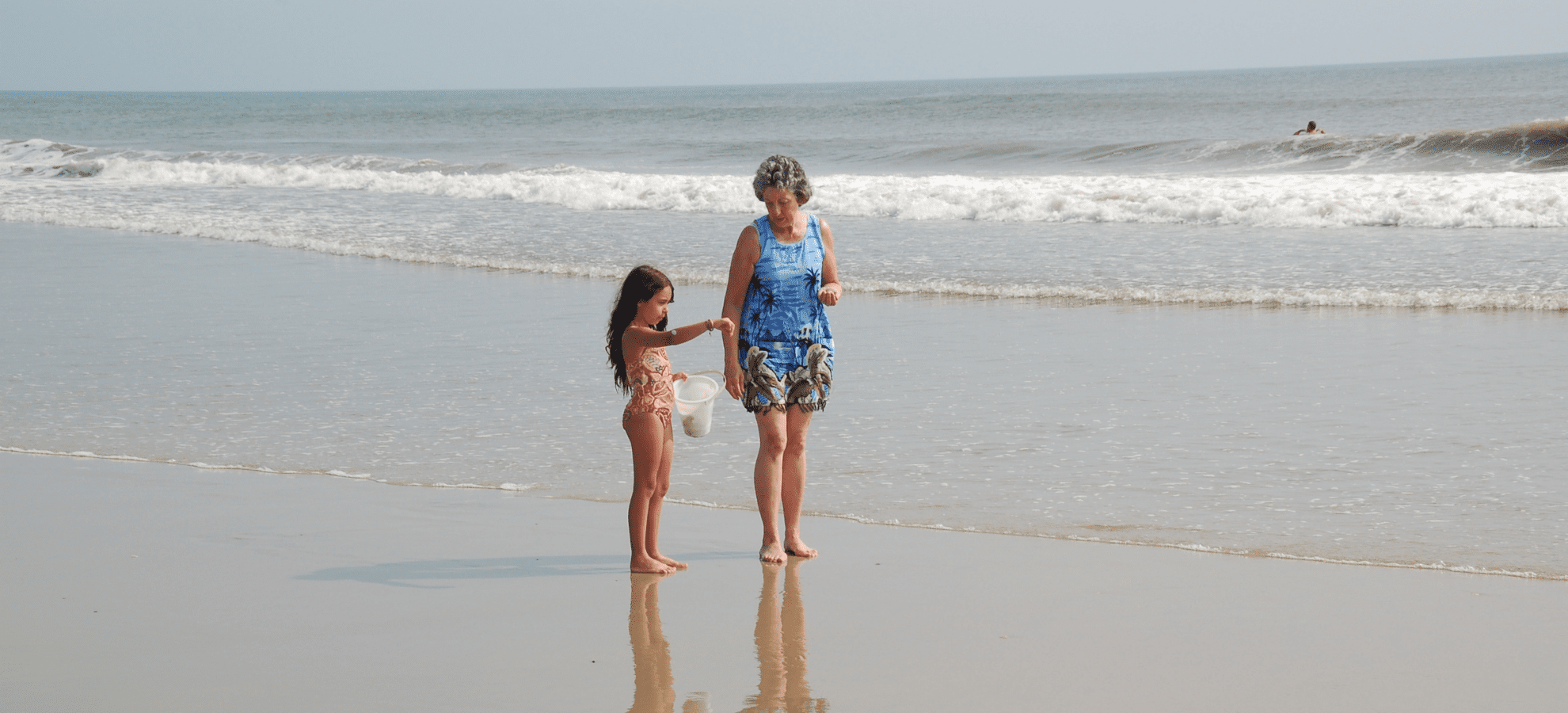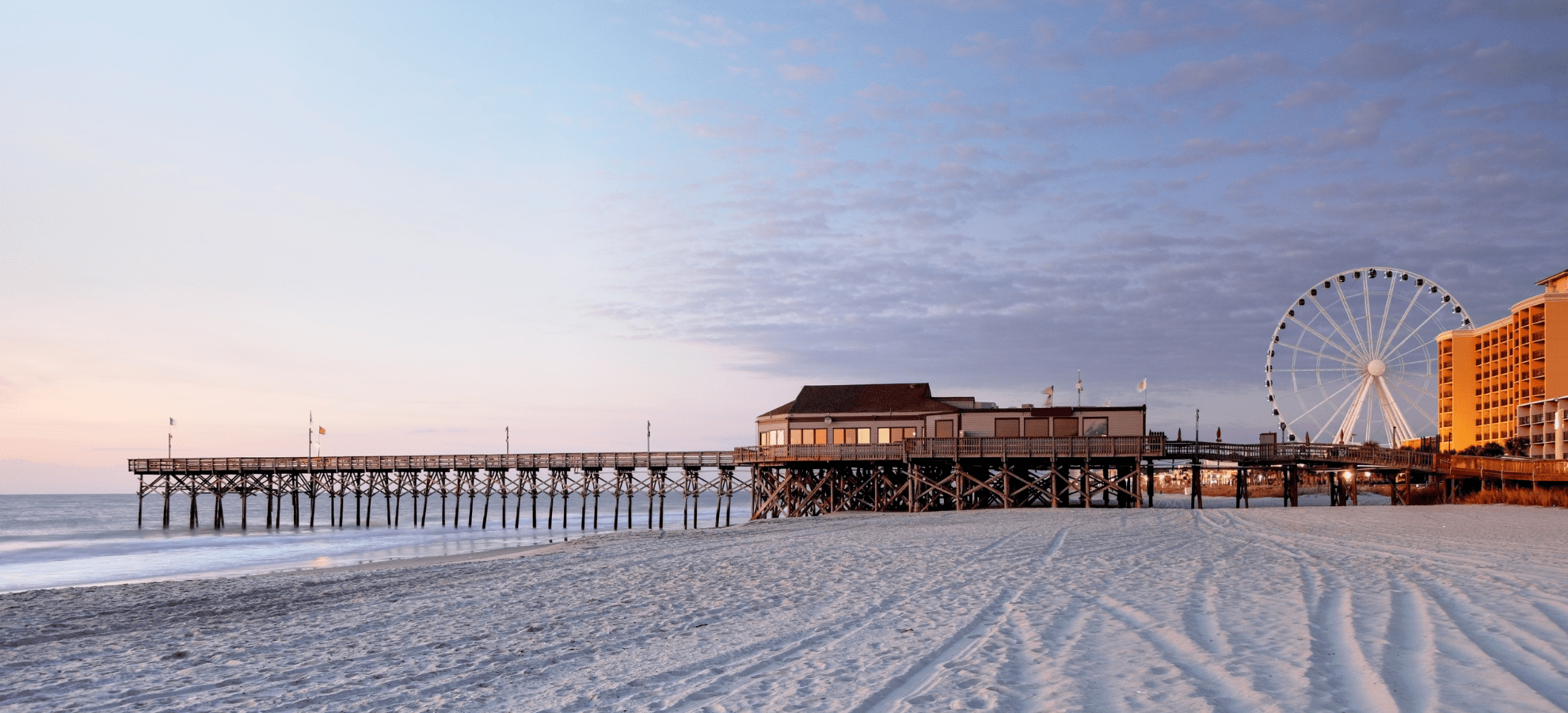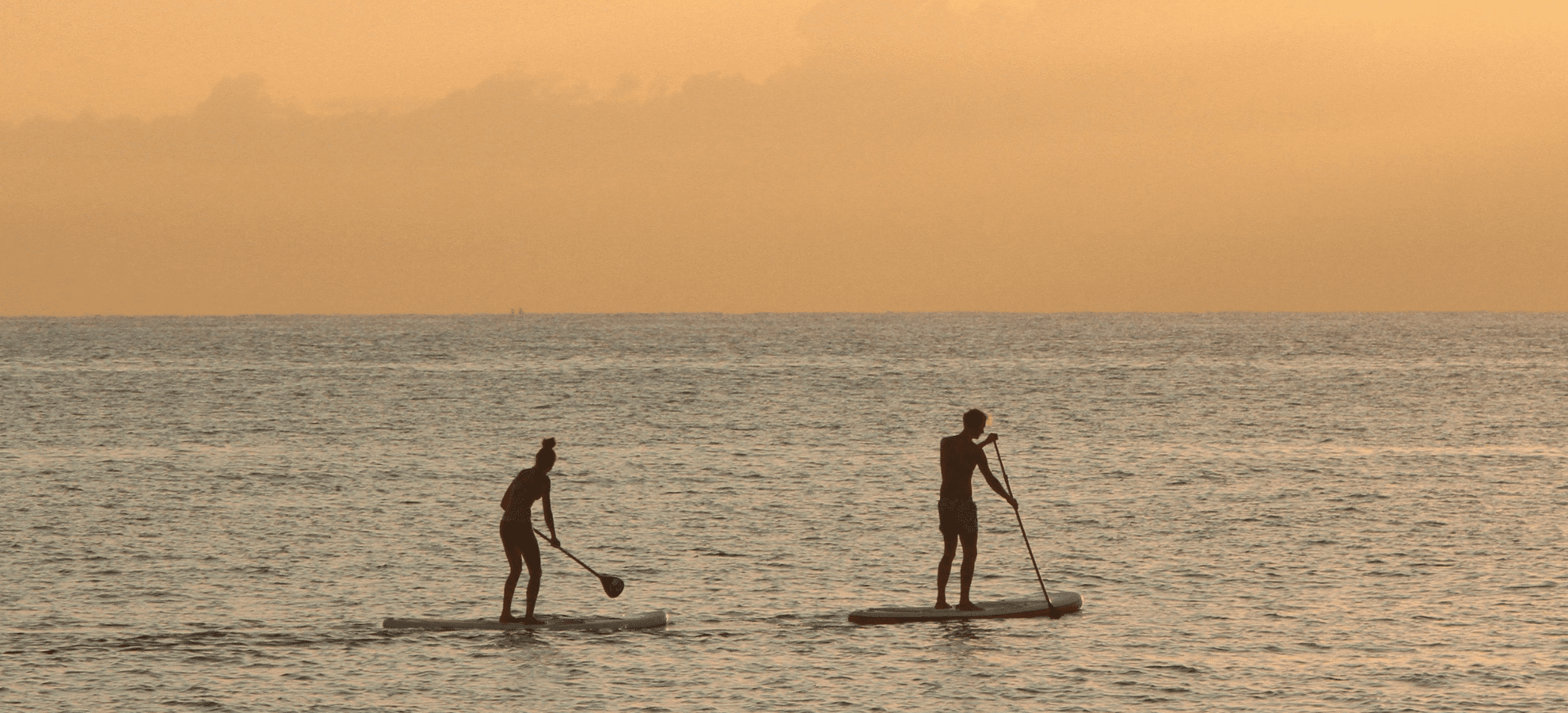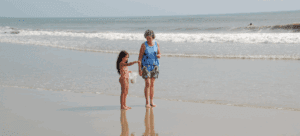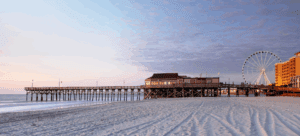Robert Emmens (front row, right), with the other crew members of plane #8 from the Doolittle Raid, on deck of the U.S.S. Hornet, April 18, 1942.
A Pilot and The Area That Remembers Him
by Melissa LaScaleia
Emmens Preserve in the Market Common is named after Robert G. Emmens, who was born on July 22, 1914, in Medford, Oregon. He graduated from Medford High School in 1931, and from the years 1931-1934, attended the University of Oregon with the intention of becoming a physician.
But along the way, he decided to enlist in the Army Air Corps Reserve, and attended flight training school, graduating a pilot in 1938.
In 1941, he was called to active duty, and was assigned to the 17th Bomb Group at March Field, California, where he learned how to fly the B-25.
February 1942 was the heighth of WWII. The Japanese had recently attacked Pearl Harbor, and U.S. morale was low. It was then that Robert, now a first lieutenant, volunteered to take part in a secret military mission— the details unknown even to the 80 volunteers that were chosen for the expedition. It was later revealed to history as the Doolittle Raid— as the mission was planned, led, and named after Lieutenant Colonel James Doolittle.
The plan for the attack was for U.S. soldiers to launch from a naval carrier in the Pacific Ocean, fly to Japan and bomb the area over Tokyo, then fly on to China and safety.
Robert was co-pilot to one of the sixteen B-25B Mitchell bombers launched on April 18, 1942 from the U.S.S. Hornet in the middle of the Pacific Ocean. His was the eighth plane to take off— manned with a crew of five. The attack was also called the Tokyo Raid, so named for its intended purpose— to bomb Tokyo and retaliate against the Japanese.
Each team either aborted the mission or crashed in China, with the exception of Robert’s plane, which had to make an emergency landing in Russia after successfully hitting target. Although the country was not on the side of Japan at this time, it was still a no-land zone, as Russia did not want to be seen as an American ally.
As the plane came to a stop in front of a Russian colonel and his group of soldiers, the Americans were initially greeted with guns and then smiles and a bottle of vodka. It was however, an uneasy peace; and Robert and his crewmen were ultimately held captive for thirteen months, subsisting on the same foods as the rest of the starving country— black bread and cabbage.
Robert and his crew were determined to escape. They were being held in Ashkhabad when they found a sympathetic Soviet officer who connected them with an Afghani smuggler. The man supplied them with better food and other goods, and Robert and his crew paid the smuggler a total of $250 to take them across the border to Iran— money which they had won in a poker game the night before.
From there, they made their way to India and got a flight to the United States. The mission, which had cost Robert and his crew so dearly, boosted American morale tremendously, and cast doubt in the minds of the Japanese about the impermeability of their nation to foreign invasion. It was ultimately hailed as a military success, and Doolittle promoted to Brigadier General.
Robert later wrote a book about his time in captivity, Guests of the Kremlin. After his return to the United States, he continued his career in the military, graduating from Army Command and Staff School in Fort Leavenworth.
He served as Commander of the 494th Bomb Squadron at Lakeland, Florida until 1943. He was also Deputy Base Commander at Greenville Air Force Base in 1944. He served at United States Air Force Headquarters at the Pentagon from 1948-1950, and then acted as an intelligence officer in Salzburg, Austria.
He commanded the 342nd Fighter Day Wing, the first host unit at the Myrtle Beach Air Force Base when it was newly built in 1955, and later served as vice-commander of the 354th Fighter-Day Wing.
Under his direction, construction at MBAF was completed at a rapid pace. He also served as Air Attaché to Japan, a country he ultimately grew to love, from June 1958 to September 1961.
He retired from the Air Force on June 10, 1964, and worked as a stockbroker and in real estate in his hometown.
He was married to Justine Emmens, and had three children. He passed away on April 2, 1992, of cancer.











